Athletes and Depression
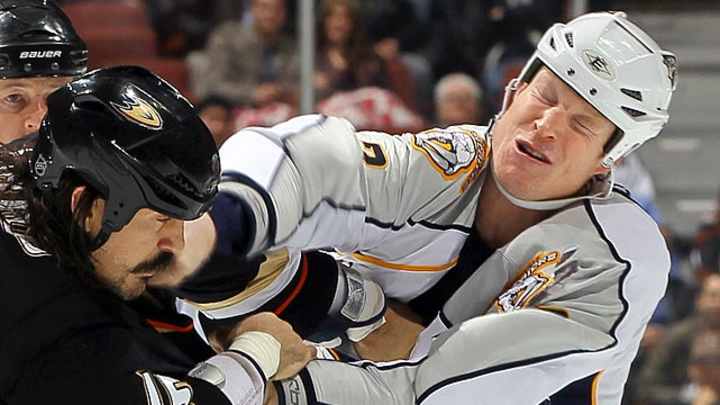
Athletes and Depression
Wade Belak

The recently-retired 15-year NHL veteran who committed suicide in Toronto on Aug. 31, 2011, had suffered from depression. He was 35. His untimely death – the third among hockey enforcers – fueled debate about the role of fighting in the sport and concern about the effects of repeated blows to the head. A link between concussions and depression is known to exist. The reported suicides this year of Belak, Winnipeg Jets forward Rick Rypien, former San Jose Sharks forward Tom Cavanagh, former Major League pitchers Mike Flanagan and Hideki Irabu, and former NFL safety Dave Duerson drew attention to the pressures and emotional problems that pro athletes face during and after their careers in a culture that has often considered mental distress a sign of weakness and something to be kept hidden. Here are 20 more notable cases across sports. Some have had happier outcomes, but all demonstrate that athletes are, after all, human.
Rick Rypien
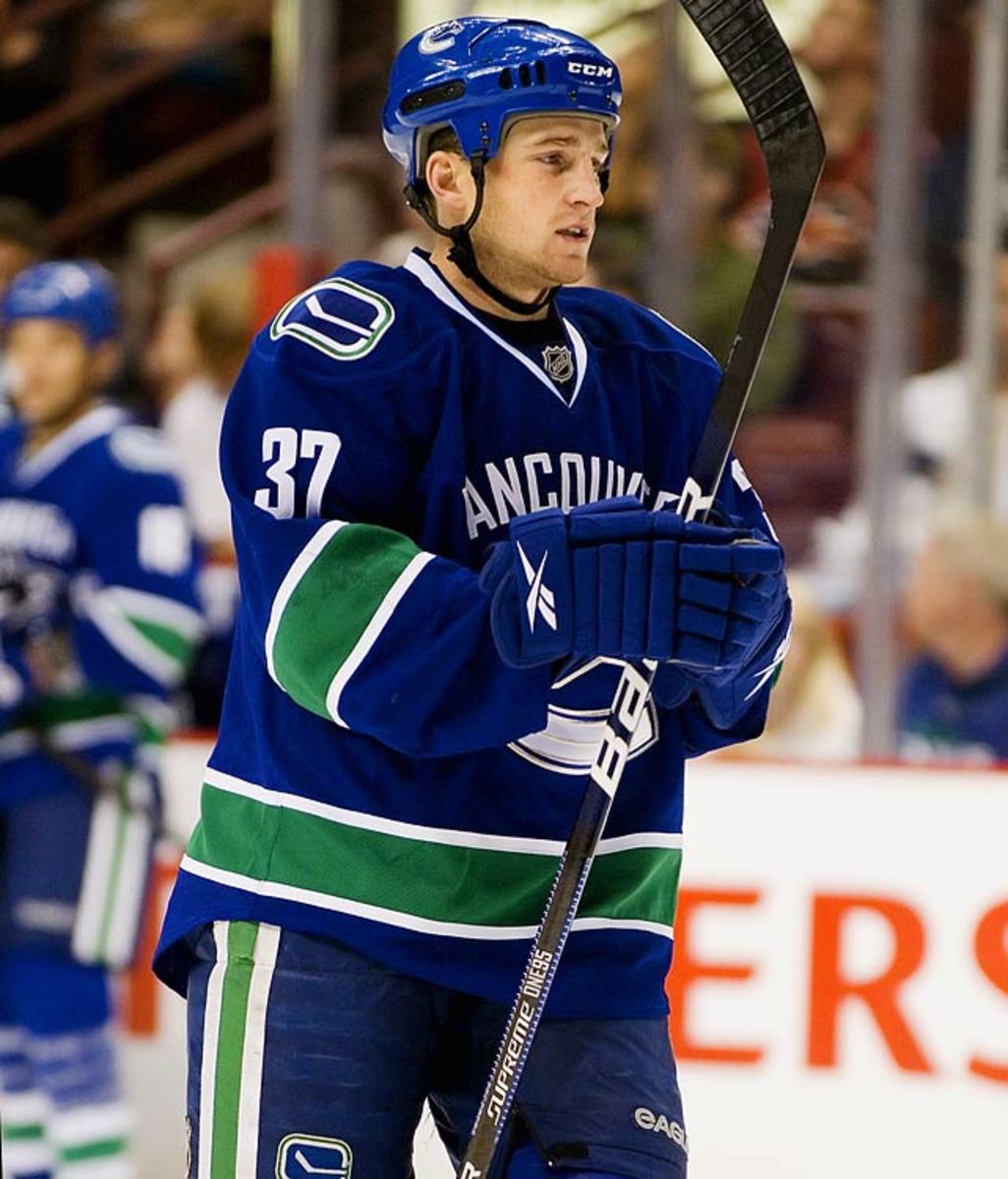
The 27-year-old enforcer was found dead in his home in Coleman, Alberta, Canada on Aug. 15, 2011, reportedly a suicide. Rypien, who had been treated for depression, took a 70-game leave of absence from the Vancouver Canucks in 2008 and another leave during the 2010-11 season. He had signed a new, one year contract with the Winnipeg Jets in July. “The system didn’t fail Rick,” Jets assistant GM Craig Heisinger told The New York Times . “Everybody did as much as they possibly could for him. He did as much as he possibly could for himself. It’s just in the end the demon depression won out.”
Kenny McKinley
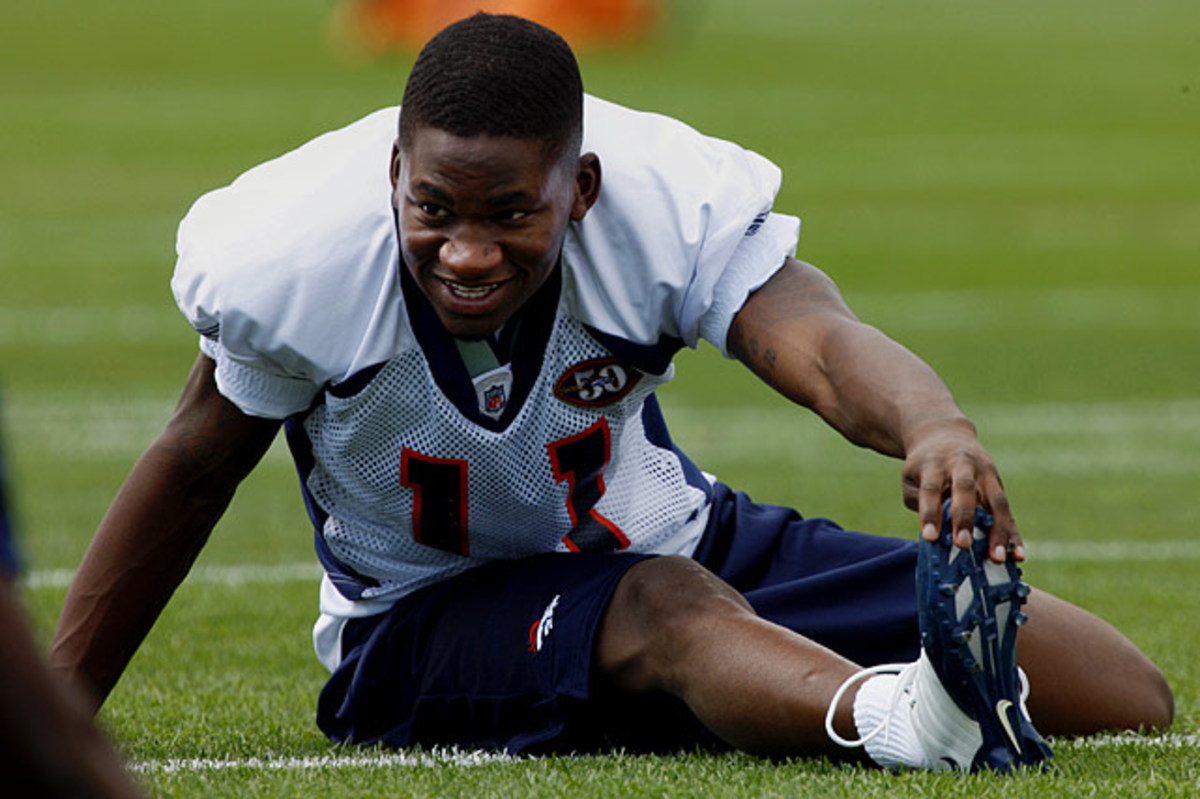
The Denver Broncos wide receiver, 23, was found dead of self-inflicted gunshot wound in September 2010. Known for being jovial, he had grown despondent after having knee surgery that was expected to sideline him for the season. He reportedly made statements about not knowing what he would do without football, expressing the thought that he should kill himself.
Zack Greinke
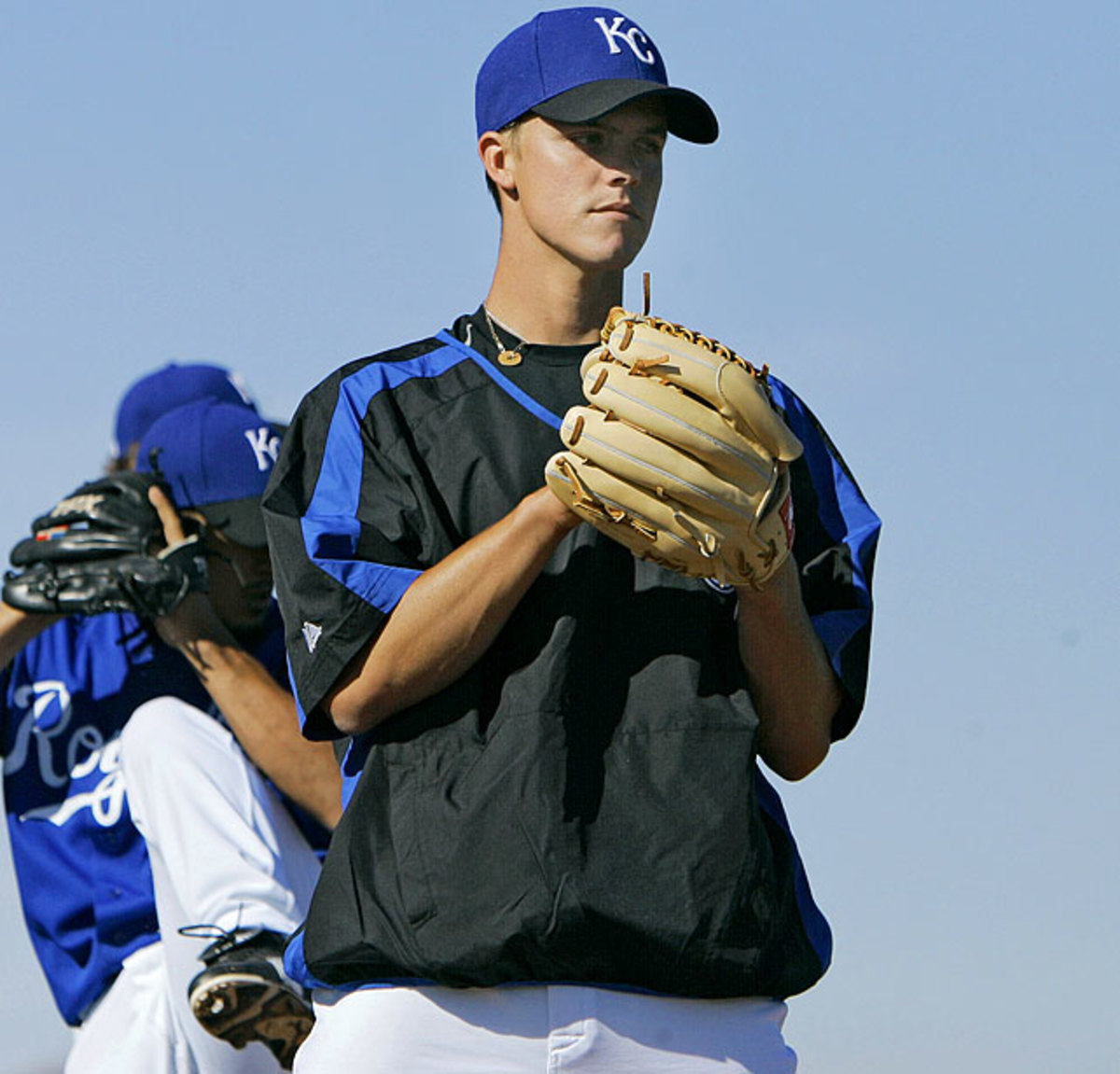
The Royals pitcher missed most of the 2006 season while being treated for social anxiety, depression and anger problems. His case has been cited as groundbreaking in helping major league players come forward by removing the stigma attached to mental health issues. "I hate to make this comparison, but Zack was like Jackie Robinson," former Royals first baseman Mike Sweeney told SI in 2010 "Whether he likes it or not, he's the guy who really paved the way for the modern player to come out about these types of issues." In 2009, Tigers pitcher Dontrelle Willis (anxiety), A’s pitcher Justin Duscherer (depression), Cardinals shortstop Khalil Greene (social anxiety disorder), Diamondbacks pitcher Scott Schoenweis (depression) and Reds first baseman Joey Votto (depression, anxiety) went on the disabled list with emotional disorders.
Jennifer Capriati
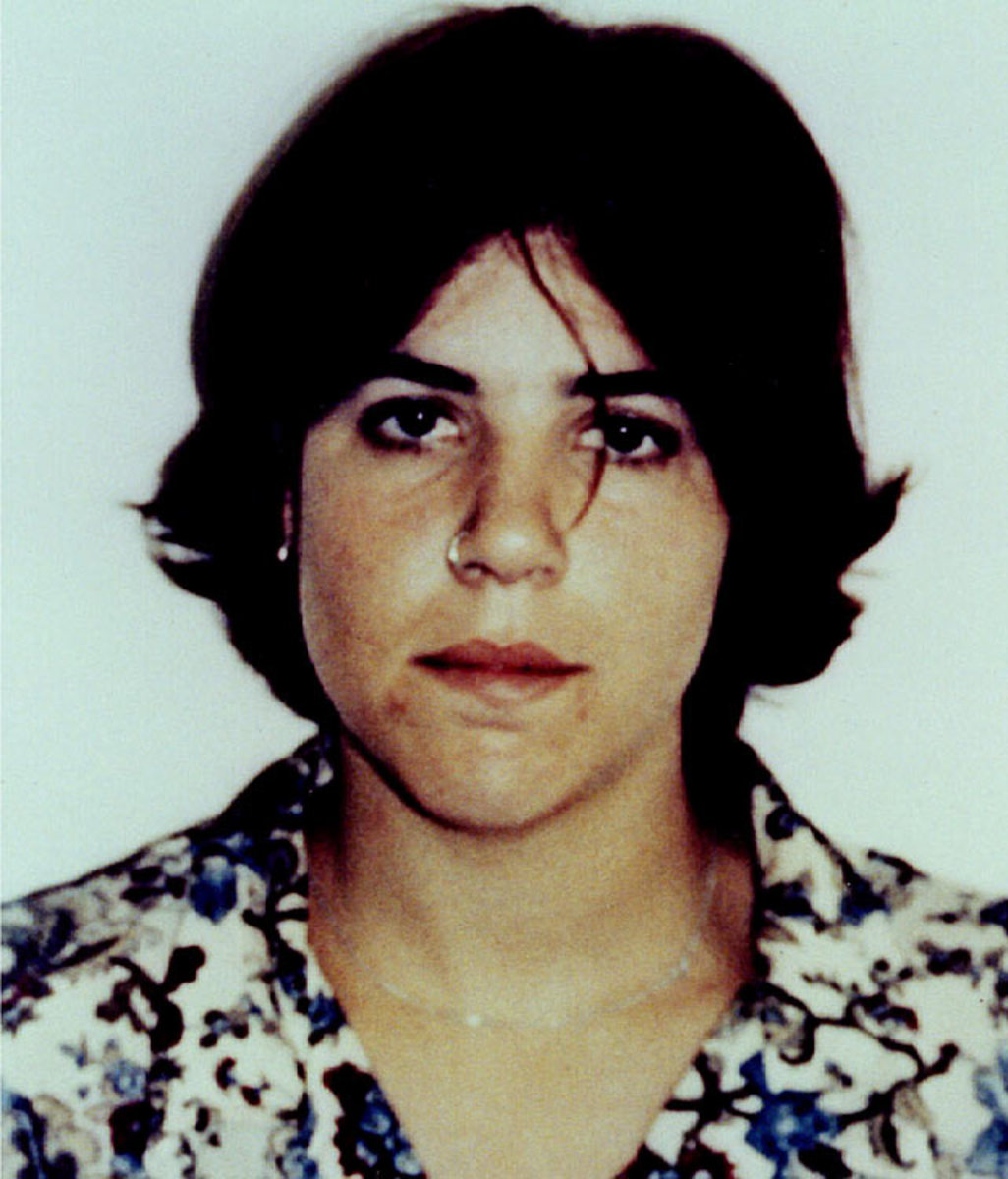
The teen tennis sensation made headlines in the early ‘90s when she was busted for shoplifting and marijuana possession and went into drug rehabilitation. After her comeback faded in 2004 due to back and shoulder injuries, she revealed her suffering from depression and suicidal thoughts. “If I was at the height of my game, beating Serena Williams, I was on top of the world, but something was still missing inside,” Capriati told The Olympian in 2007. “I struggle with trying to like and love myself on a daily basis. When I stopped playing, that’s when all this came crumbling down. If I don’t have (tennis), who am I? What am I? I was just alive because of this. I’ve had to ask, ‘Well, who is Jennifer? What if this is gone now?’ I can’t live off of this the rest of my life.”
Barret Robbins
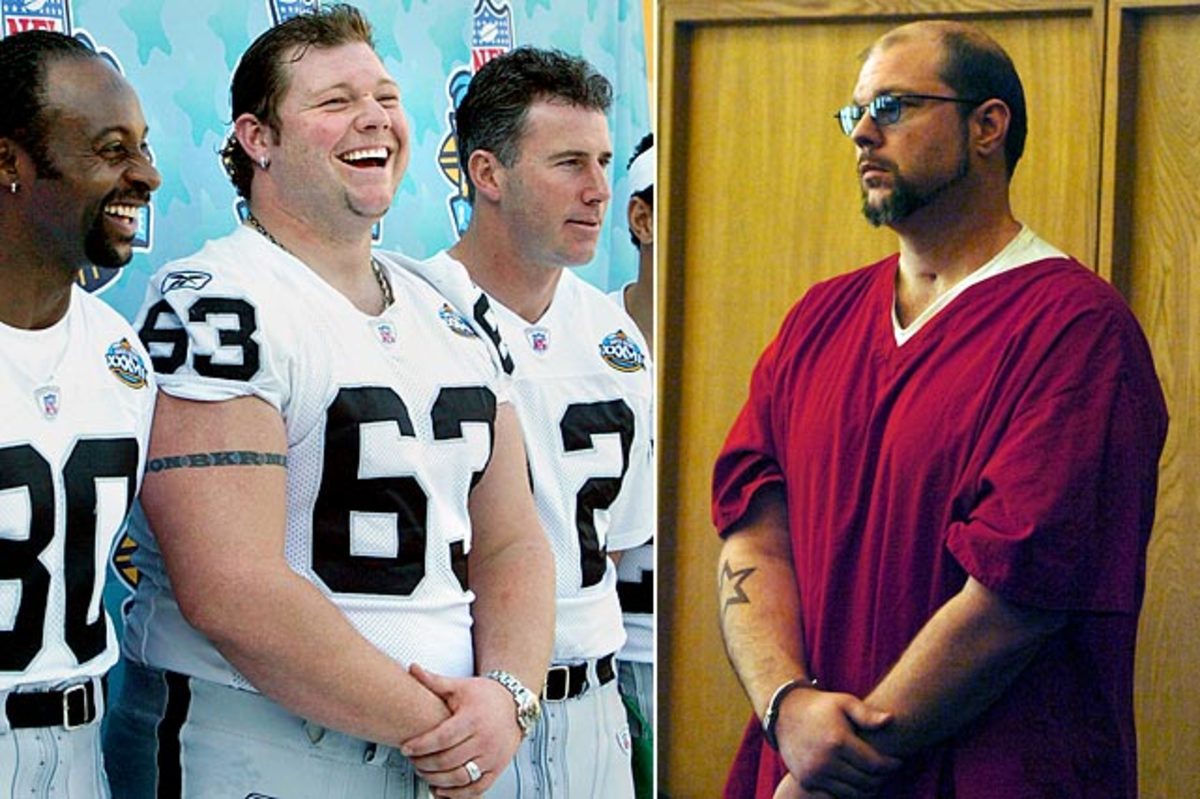
The Raiders’ Pro Bowl center (second from left) made headlines before Super Bowl XXXVII in 2003 when he vanished from the team’s hotel in San Diego and did not play in the game, which Oakland lost to Tampa Bay, 48-21. Robbins, who had gone off on a binge in Tijuana, was later found to suffer from bipolar disorder, which produced violent mood swings. In 2005, he injured three police officers while resisting arrest and was shot, spending nearly two months in a coma. In March 2011, he was sent to prison for five years for violating his probation by being arrested for cocaine possession.
Shayne Corson
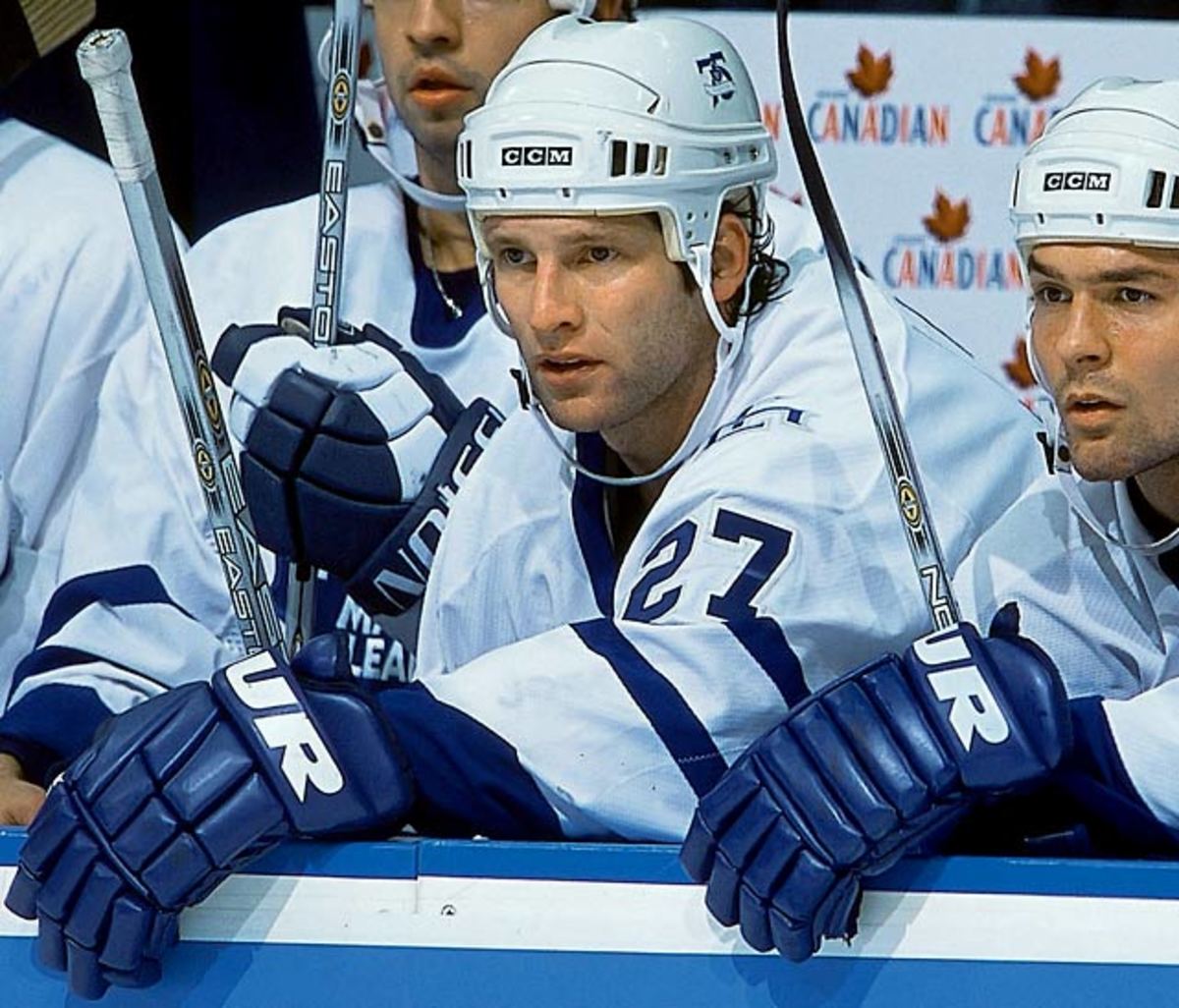
The winger, a two-time 50-goal scorer who played 17 seasons and parts of two others for five NHL teams between 1986 and 2003, suffered from panic attacks that became so severe during the 2003 playoffs that he had to leave the Toronto Maple Leafs. He retired the next season. "I’d feel like I was having a heart attack," Corson told SI in 2001. "It was like everything was coming down on me at once. I didn’t want to be in crowds. It fed on itself, you know? The more scared I got, the more guilty I felt – I wanted to be strong!"
Jim Shea
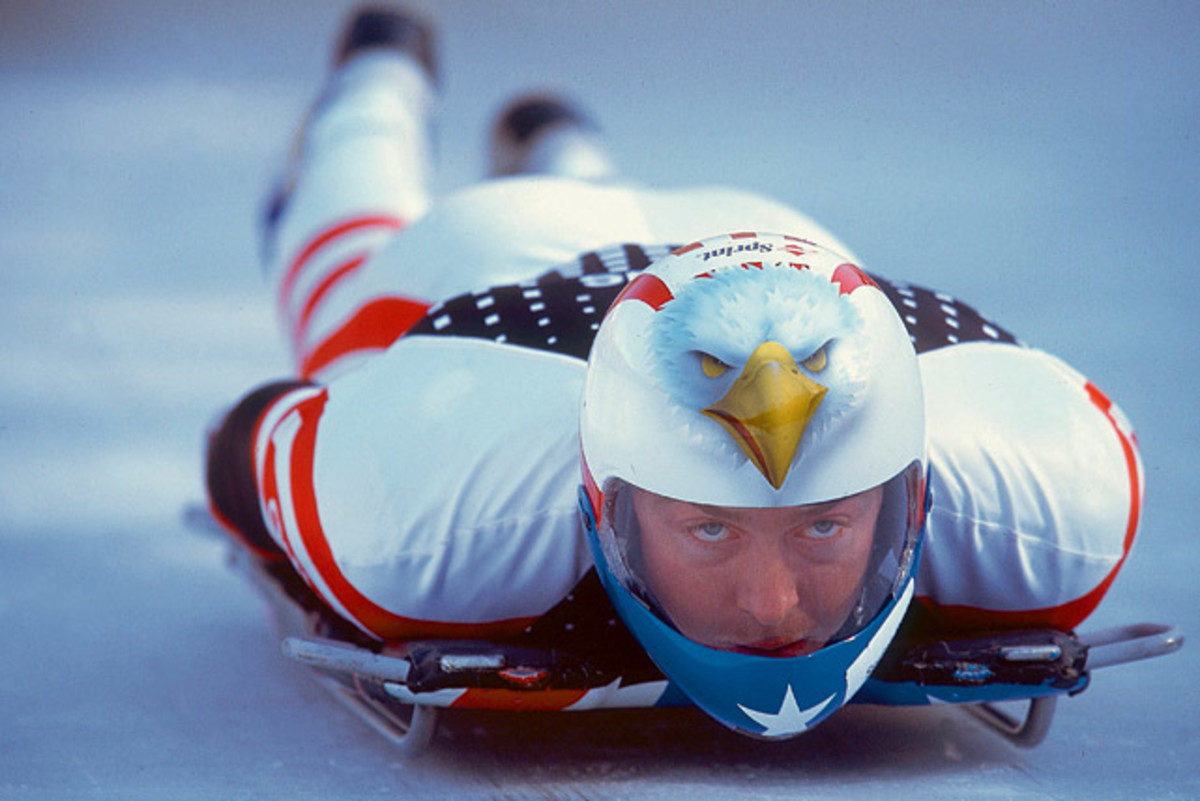
A world champion in skeleton and a member of a prominent Olympic family, Shea suffered from a condition called anhedonia that prevented him from experiencing feelings of joy and produced symptoms that included persistent sadness, irregular appetite, and low energy. He was successfully treated before competing at the 2002 Winter Games in Salt Lake City, where he won a gold medal.
Ricky Williams
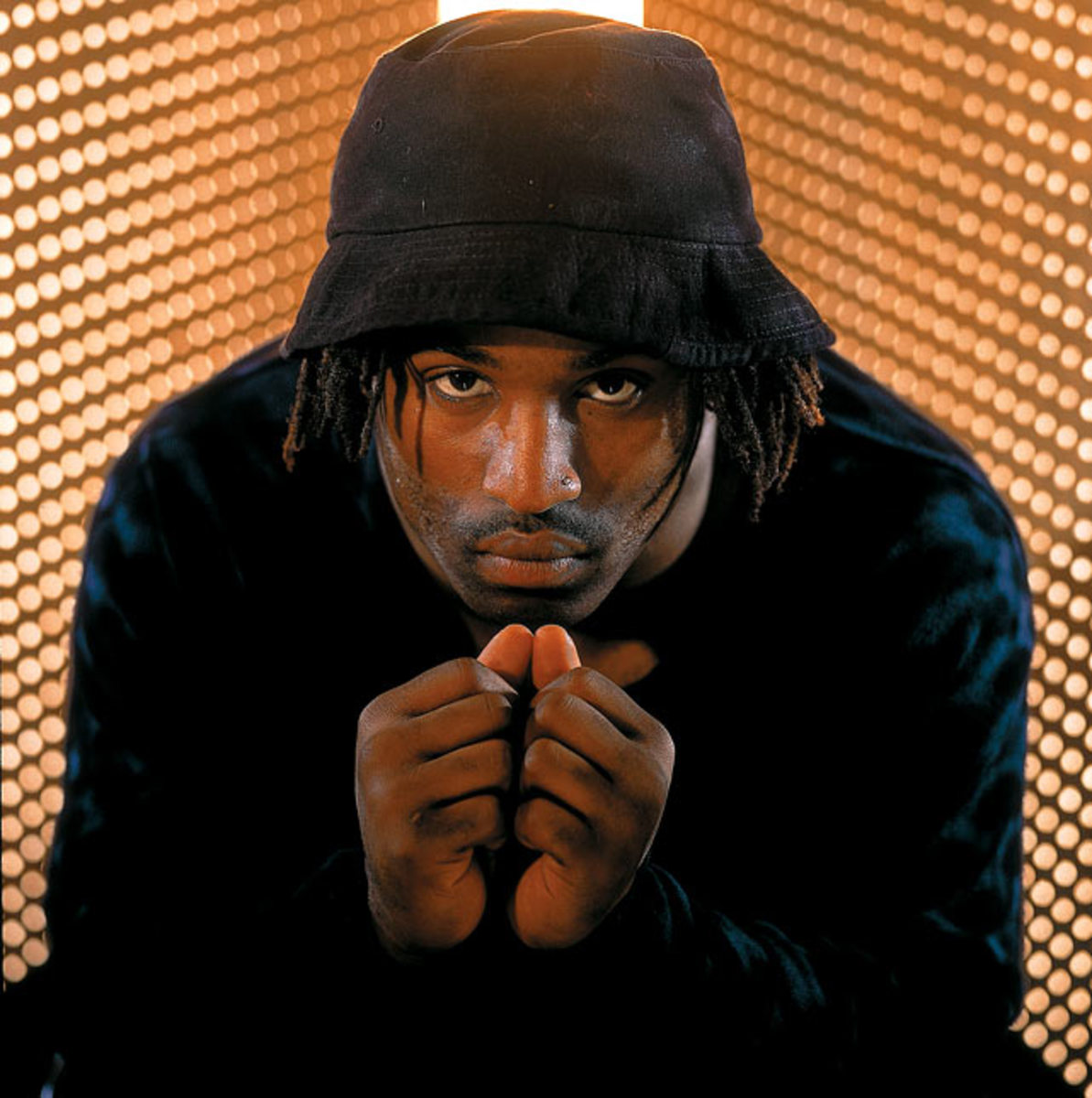
The star running back at the University of Texas was considered moody and eccentric – after being drafted by the NFL’s New Orleans Saints, he often conducted media interviews with his helmet on -- until he revealed that he suffered from social anxiety disorder. Williams was terrified of interacting with people and spent much time in seclusion at his home. "At practice my teammates would be like, 'Hey, what did you do last night?'" he told SI. "I'm thinking, I went from the living room to the office to the bedroom." Williams’ condition was treated with therapy and the drug Paxil.
Stephane Richer
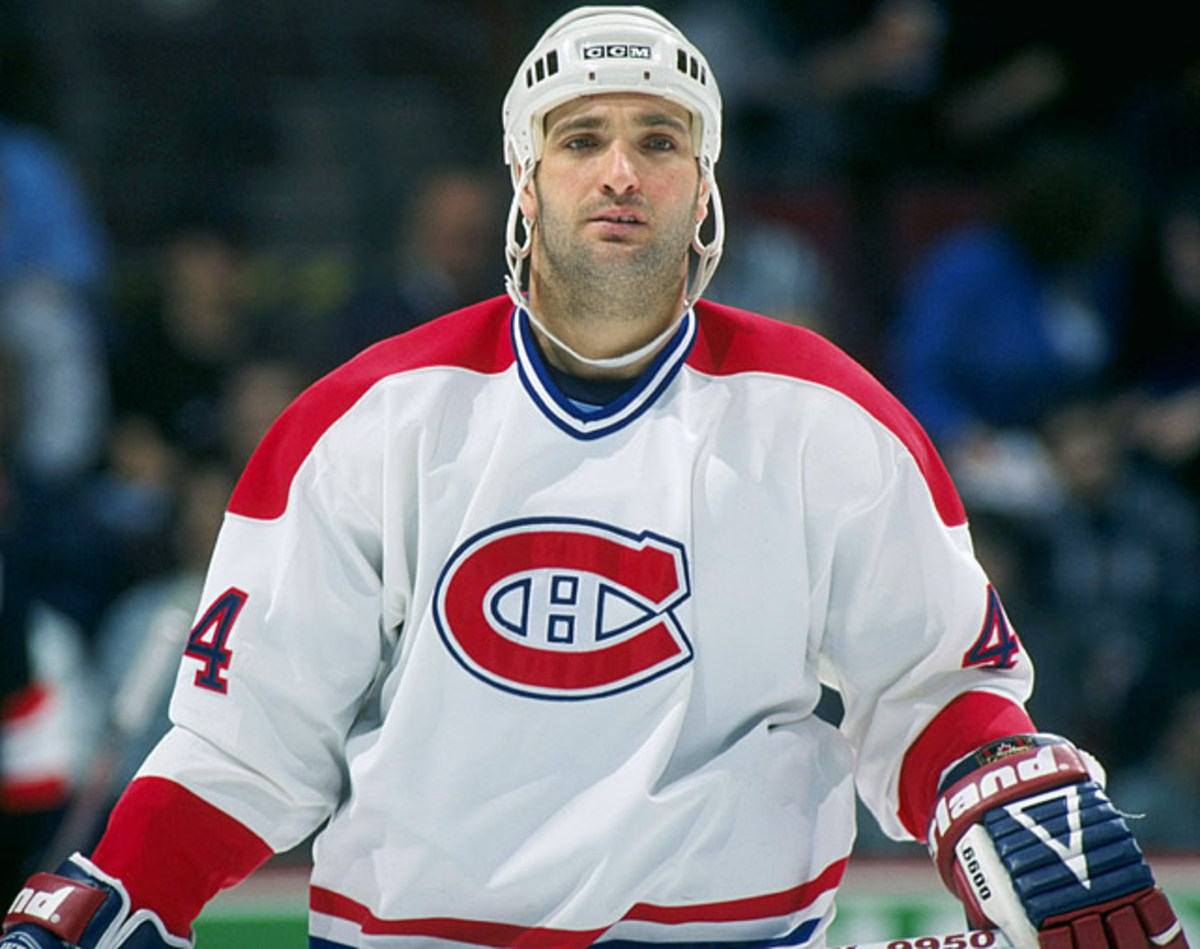
A speedy winger who played almost 17 seasons for five NHL teams, twice scoring 50 or more goals, Richer fought a long battle with clinical depression and thoughts of suicide, sometimes when he was behind the wheel of his Porsche 911. “Oh, yeah, going 140 mph,” he told the Pittsburgh Tribune-Review in 2011. "I didn't hit anything. I just kept going. When you get home and realize it, that's when you start crying. You shake. You're scared like, "What am I doing?’” After walking out of the Washington Capitals training camp in Sept. 2000, Richer realized he didn’t want to live anymore, but found the strength to start successful counseling.
Dimitrius Underwood
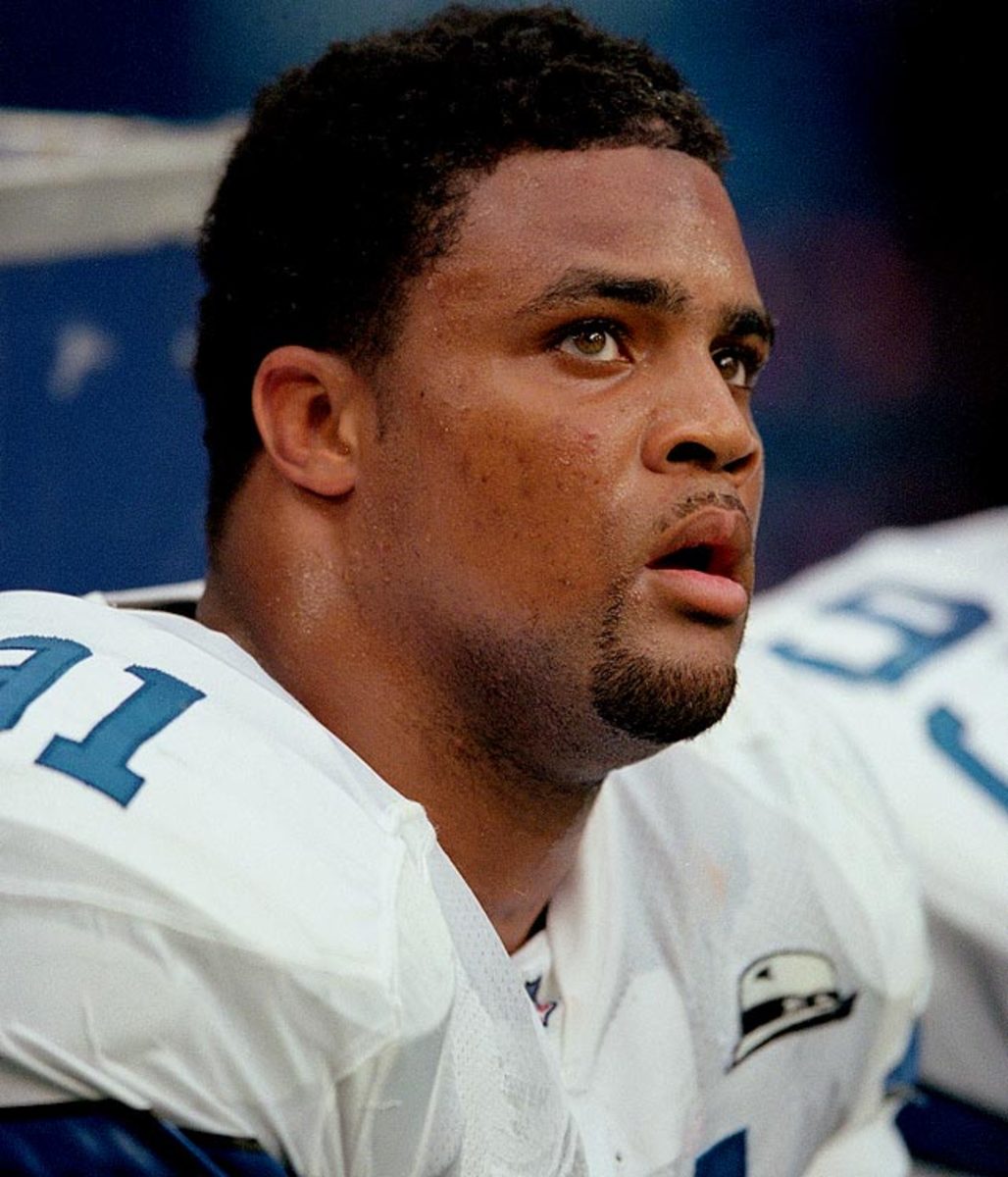
The defensive end suffered from bipolar disorder that derailed his career after he was chosen by Minnesota in the first round of the 1999 NFL Draft. After his first training camp practice, he fled to Philadelphia, where he was found four days later. The Vikings cut him and he signed a one-year deal with Miami, but in October of that year, Underwood, whose religious devotion was obsessive, slashed his own neck with a knife and was found wandering the street bleeding, telling a police officer, "I am not worthy of God." He checked into a mental health facility for treatment, but later escaped. After playing in 19 games for Dallas in 2000 and 2001, he tried to kill himself by running into traffic and later had several brushes with the law.
Mike Tyson
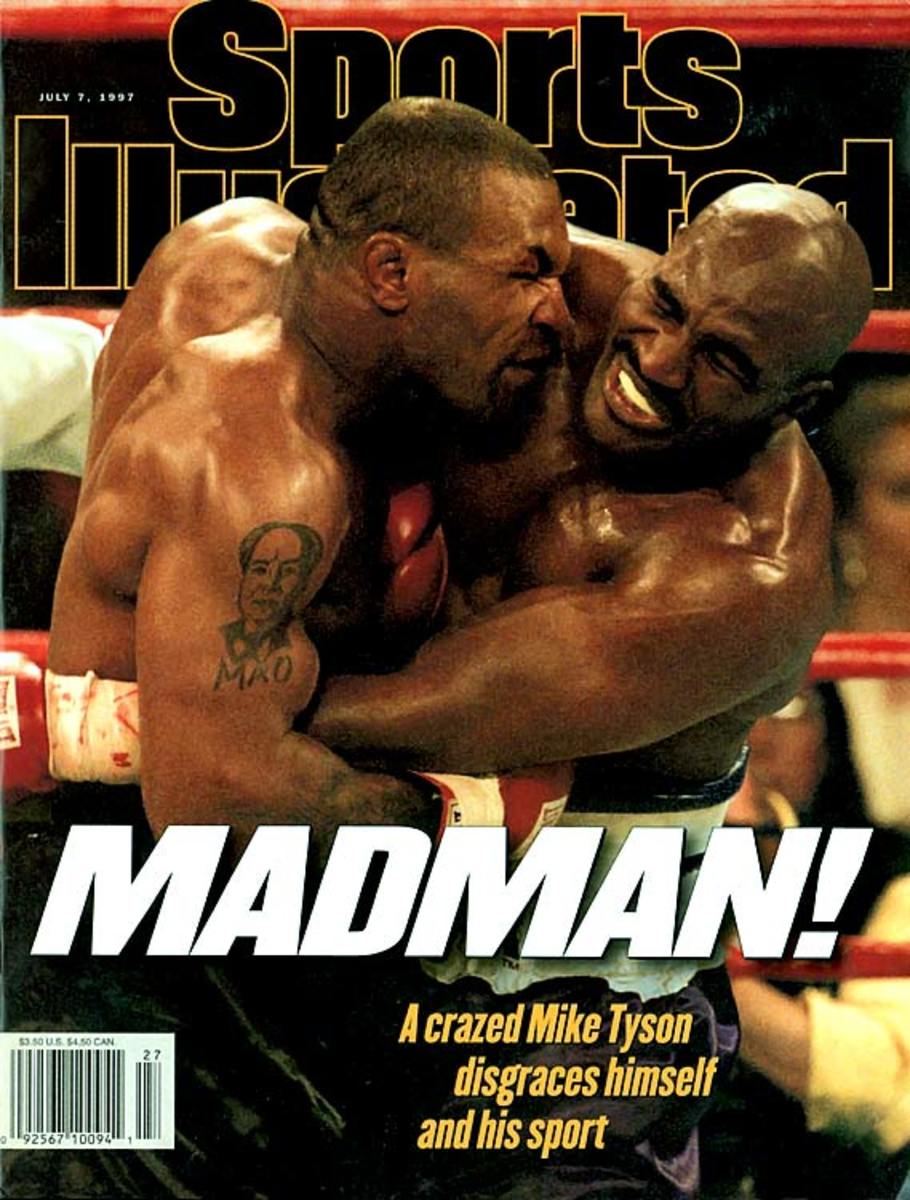
In 1998, the former heavyweight champ was ordered by the Nevada Athletic Commission to have an evaluation to see if he was mentally fit to box again. Tyson had become infamous for his violent behavior and lost his boxing license after biting a chunk out of Evander Holyfield’s ear during a 1997 bout. He also spent three years in jail for rape. The evaluation found signs of almost lifelong depression and neurobehavioral issues including attention, memory, and impulse control problems. Tyson began taking anti-depressant drugs after the Holyfield fight, but his troubles continued.
Picabo Street
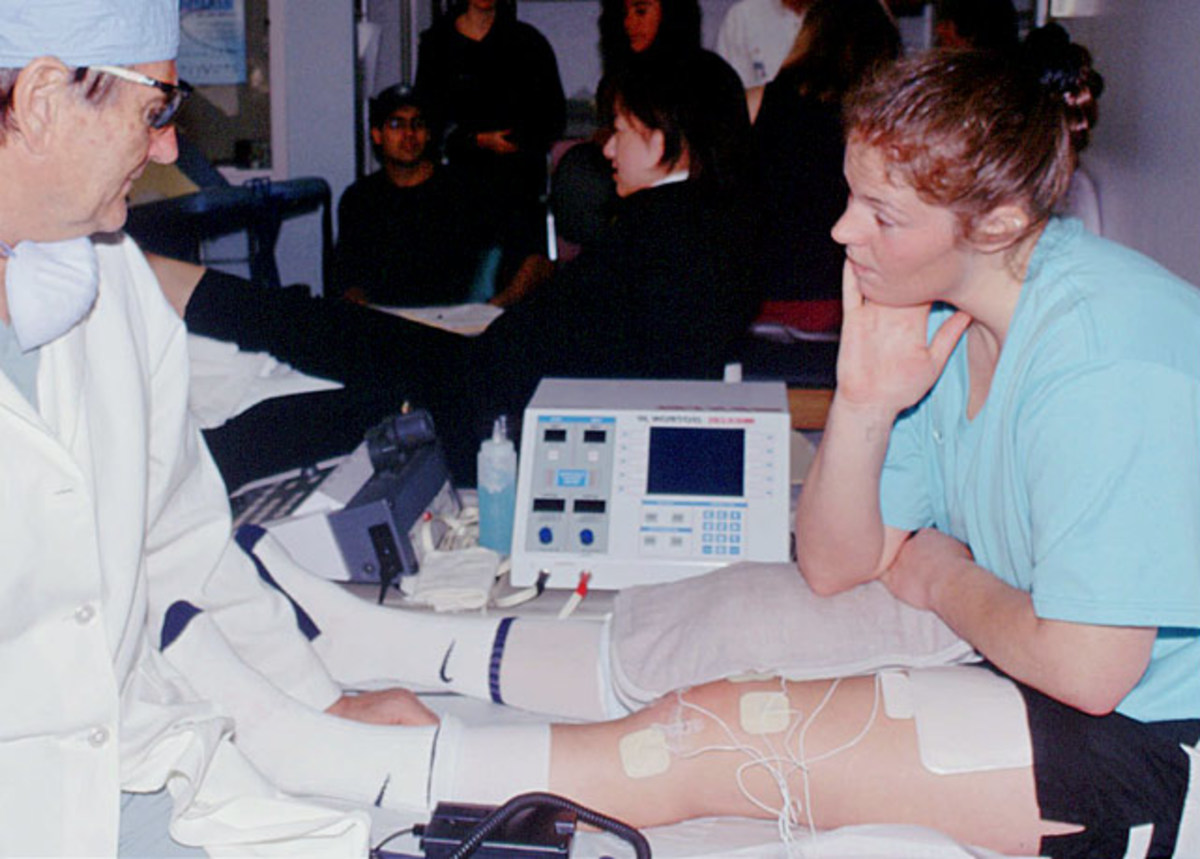
The perky, popular Olympic champion skier with the smile-inducing name battled depression while trying to recover from serious leg and knee injuries suffered in March 1998. Street often stayed in her dark bedroom and avoided all contact with the outside world for months. ''I went through a huge depression,'' she told The New York Times in September 2000. ''I went all the way to rock bottom. I never thought that I ever would experience anything like that in my life. I think it was a combination of the atrophying of my legs, the new scars, and feeling like a caged animal.” With the support of her family, she ultimately returned to skiing, and after retiring, found a new career working with horses.
Julie Krone
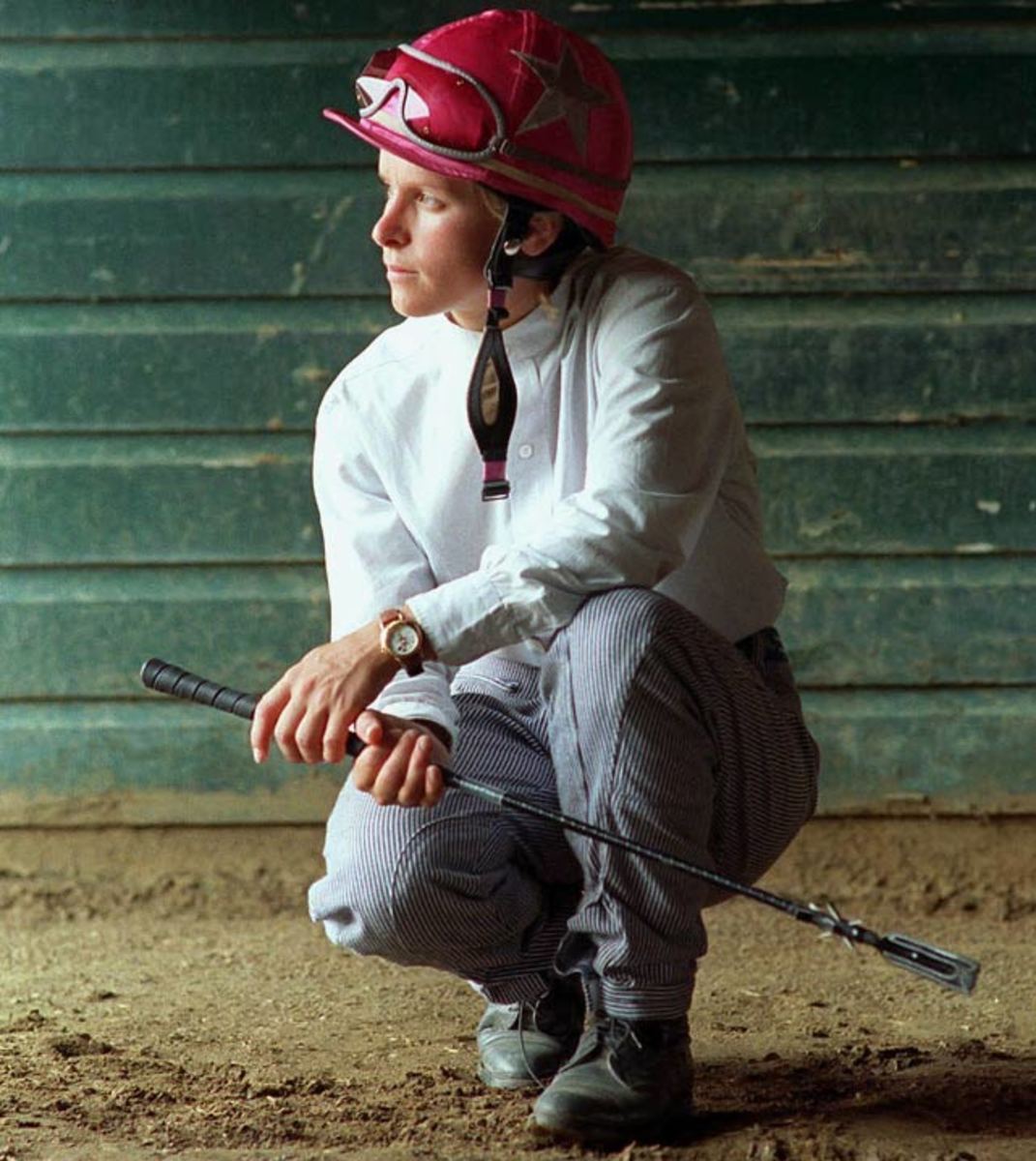
The first female jockey to be elected to horse racing’s hall of fame suffered depression and post-traumatic stress disorder in 1996 after breaking her hands in an accident during a race at Florida’s Gulfstream Park. ''Horses felt my anxiety, they got weird, they reared up,'' she told The New York Times in 2000. ''I had been given a magical talent to positive-image a loser right into the winner's circle. And then suddenly it was all gone, and I was exhausted.'' Krone fought suicidal urges, anxiety and migraines as well as eating and sleep disorders before seeking treatment that was successful.
Theo Fleury
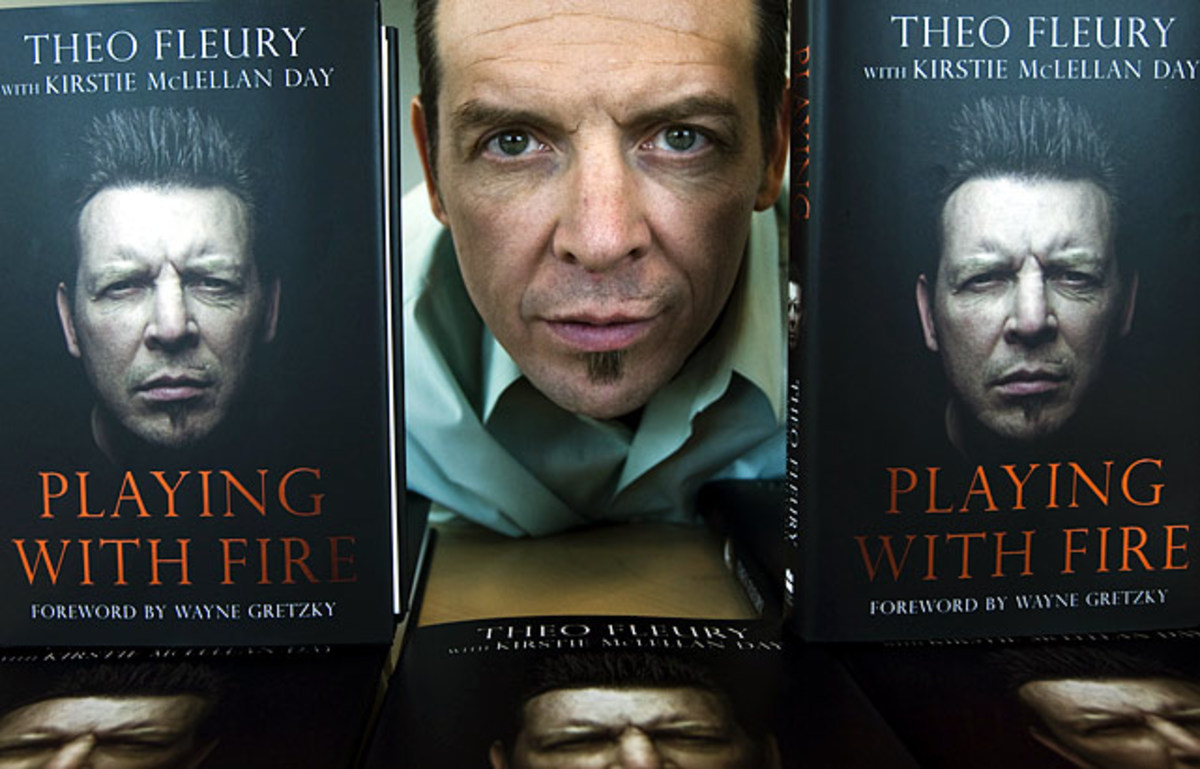
The feisty, diminutive winger who scored 455 goals and 1,088 points during his NHL career (1988-2003), chronicled his battle with depression and alcohol and drug abuse in his 2009 autobiography Playing With Fire . Feeling suicidal in 2003, he put a gun in his mouth but did not pull the trigger. He also revealed in the book that he'd been sexually abused by his junior coach.
Pat LaFontaine
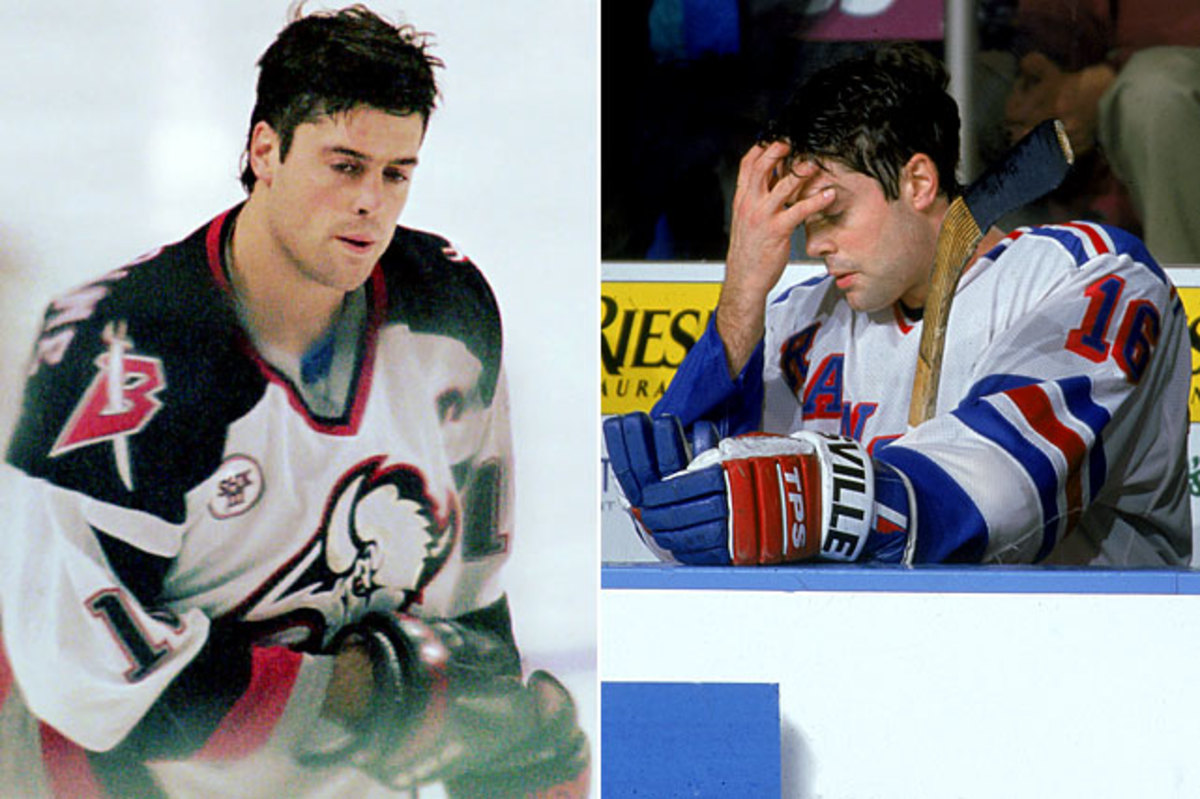
The Hockey Hall of Fame center suffered concussions that shortened his career. One, in 1996, left him debilitated. "I would walk into a room, and he would be crying,” LaFontaine’s wife Marybeth told SI in 1997. “He cried a lot. Or he would be holding his head from the migraine headaches. They were terrible. He wouldn't leave the house for a week. He wouldn't change his clothes, wouldn't shower. It was all the classic signs of depression. I thought he was having a nervous breakdown." LaFontaine was sent to the Mayo Clinic, which discovered a bruise on his brain’s frontal lobe. He returned to play with the New York Rangers in 1997, but retired after the season.
Donnie Moore
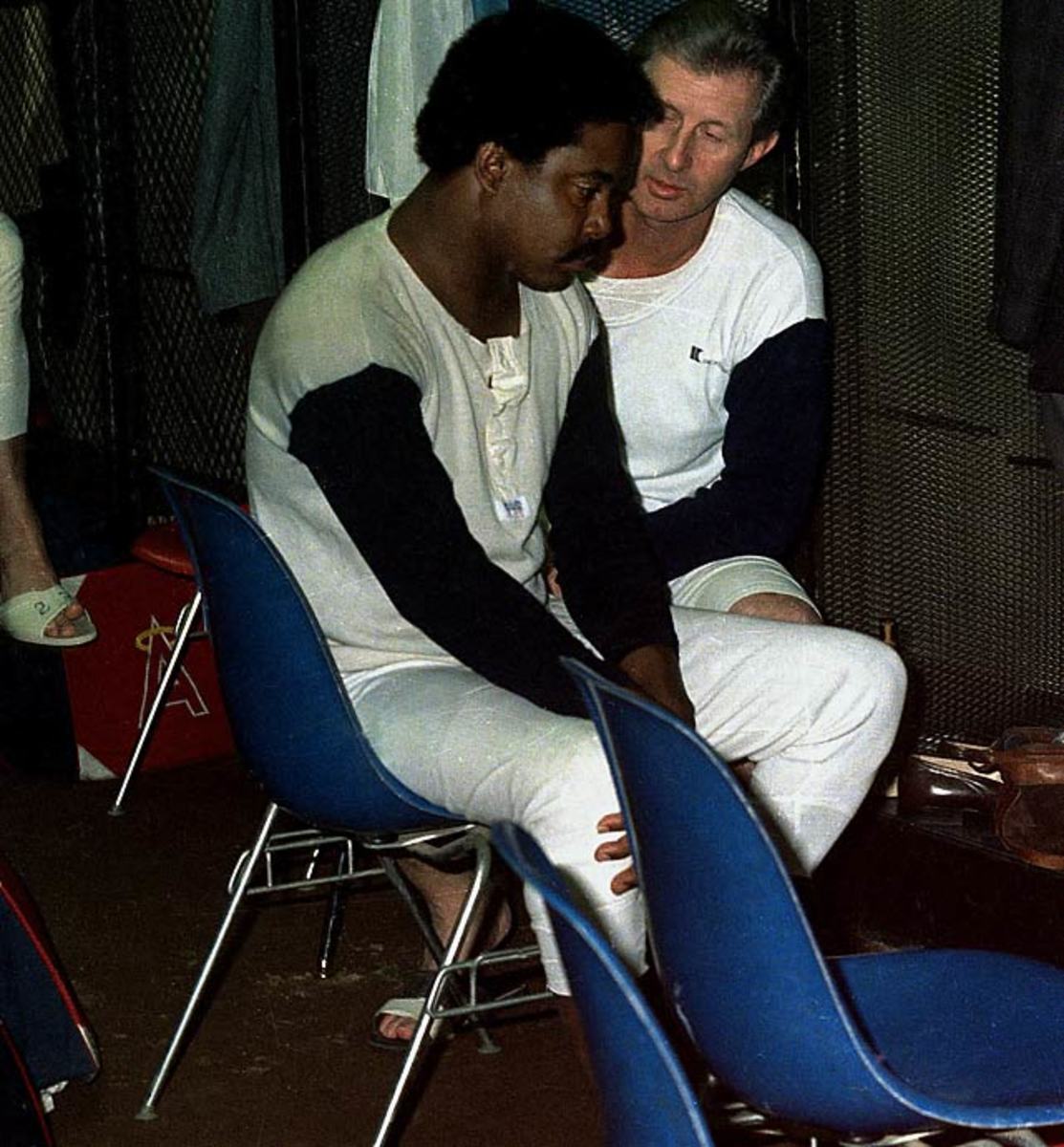
The former closer was 35 when he committed suicide after shooting his wife in July 1989, three years after giving up an American League Championship Series-turning home run with the California Angels one strike away from winning the 1986 pennant. "Ever since he gave up the home run to Dave Henderson he was never himself again," Dave Pinter, Moore's agent, told the Los Angeles Times . "He blamed himself for the Angels not going to the World Series. He couldn't get over it. I tried to get him to go to a psychiatrist, but he said, 'I don't need it, I'll get over it.' Moore also struggled with a drinking problem as well as marital and financial troubles after his release by the Kansas City Royals in June 1989.
Terry Bradshaw
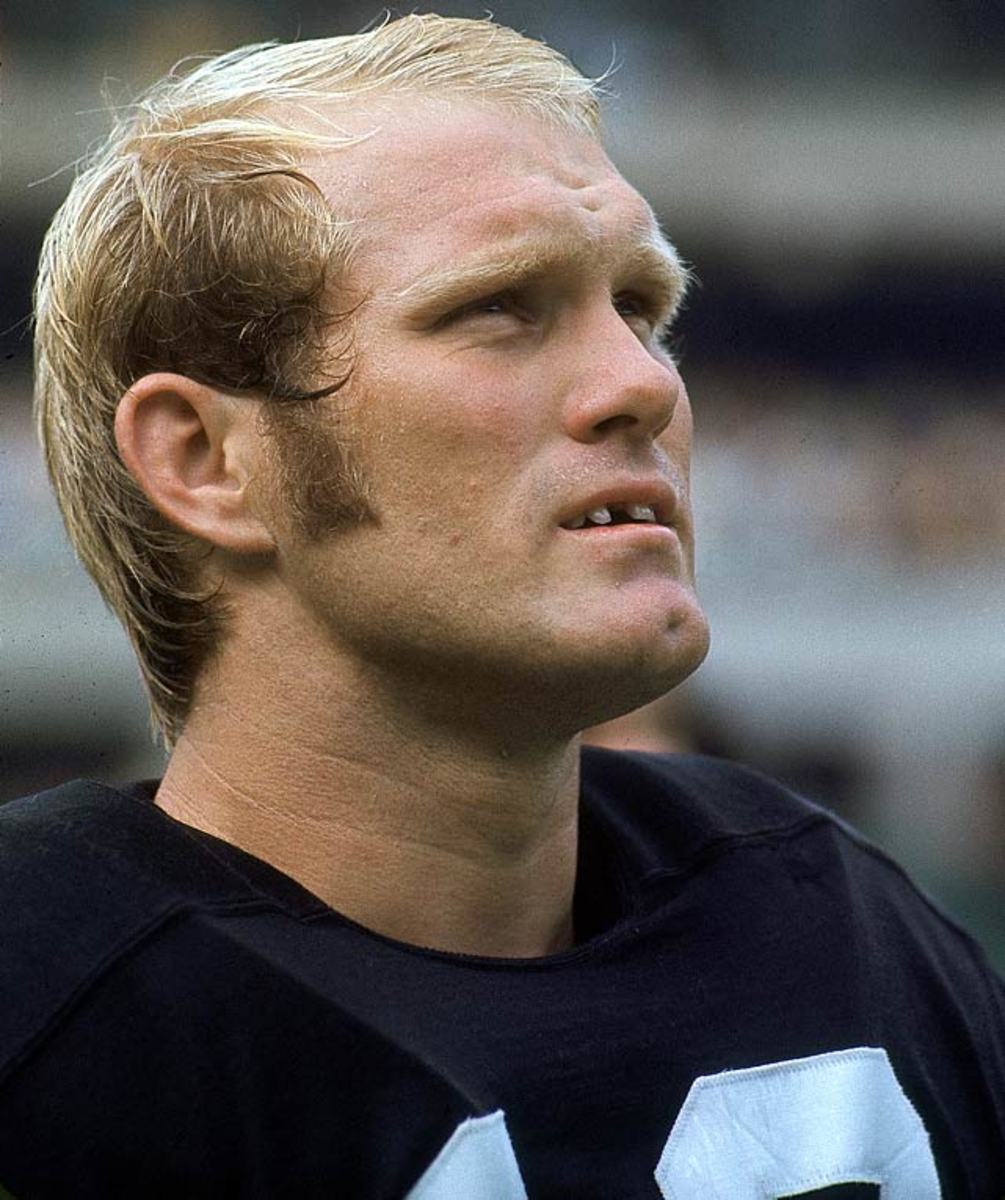
The Hall of Fame quarterback suffered from depression during his career and was often reduced to cold sweat and anxious tears after games. "People say, ‘You couldn't have been depressed -- I saw you throw for all those touchdowns’” Bradshaw told SI’s L. Jon Wertheim in 2003. "Shoot, the football was the easy part. I could concentrate for three hours, and the games were an escape. It was the rest of my life that was going to hell in a hand-basket." It wasn’t until after he retired that Bradshaw’s condition was successfully treated.
Steve Blass
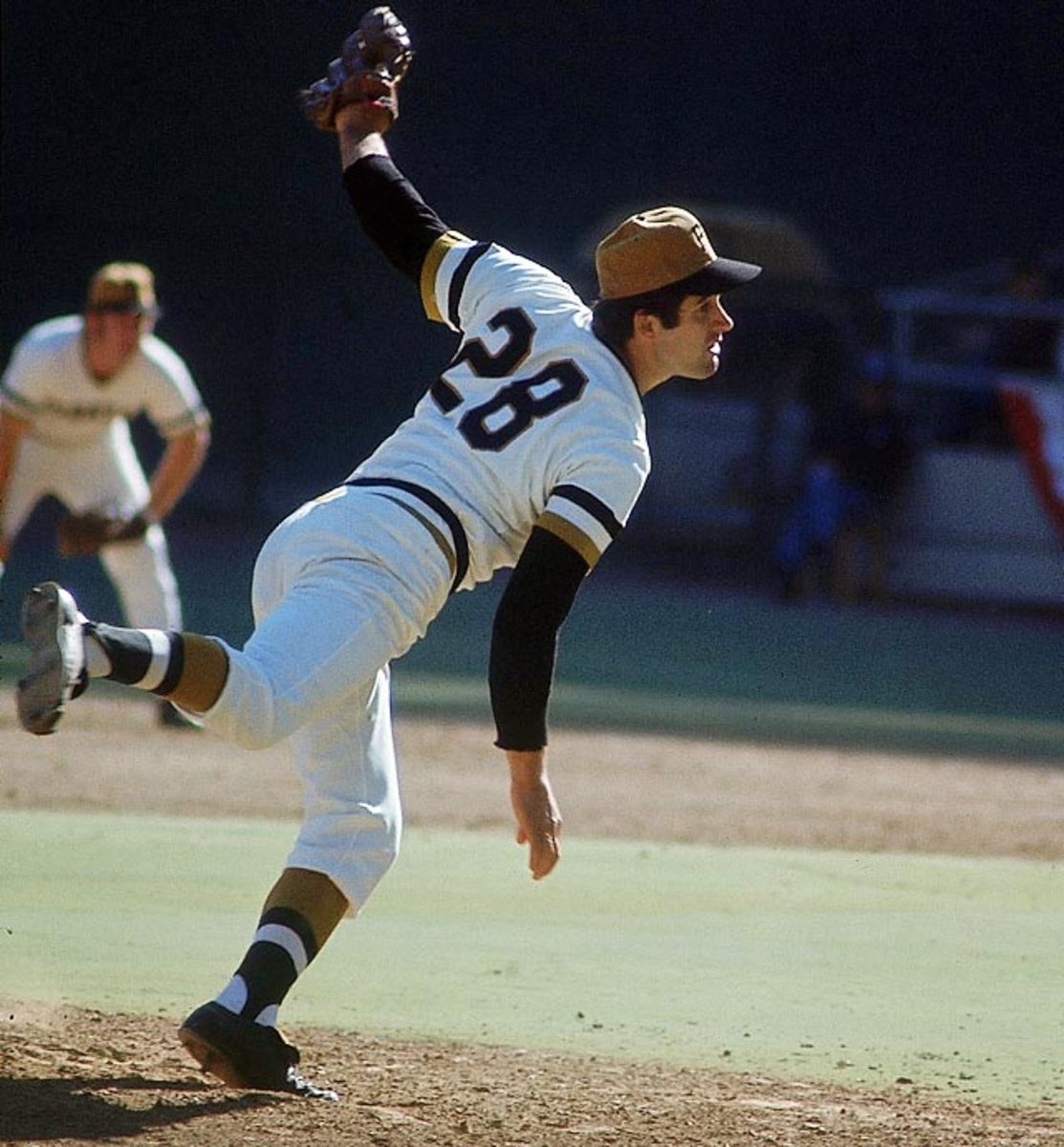
The Pittsburgh Pirates hurler, a 19-game winner in 1972, suddenly lost his ability to throw a baseball with control and his career ended two years later. “Blass Disease” became a term used to explain the similar affliction later suffered by other Major League players such as Steve Sax, Chuck Knoblauch, Mackey Sasser and Rick Ankiel. "I can say anxiety now," Blass told SI in 2010. "Back in the day there was a stigma. There were a lot of issues that guys never revealed. I was devastated. I had begun feeling very, very alone."
Terry Sawchuk
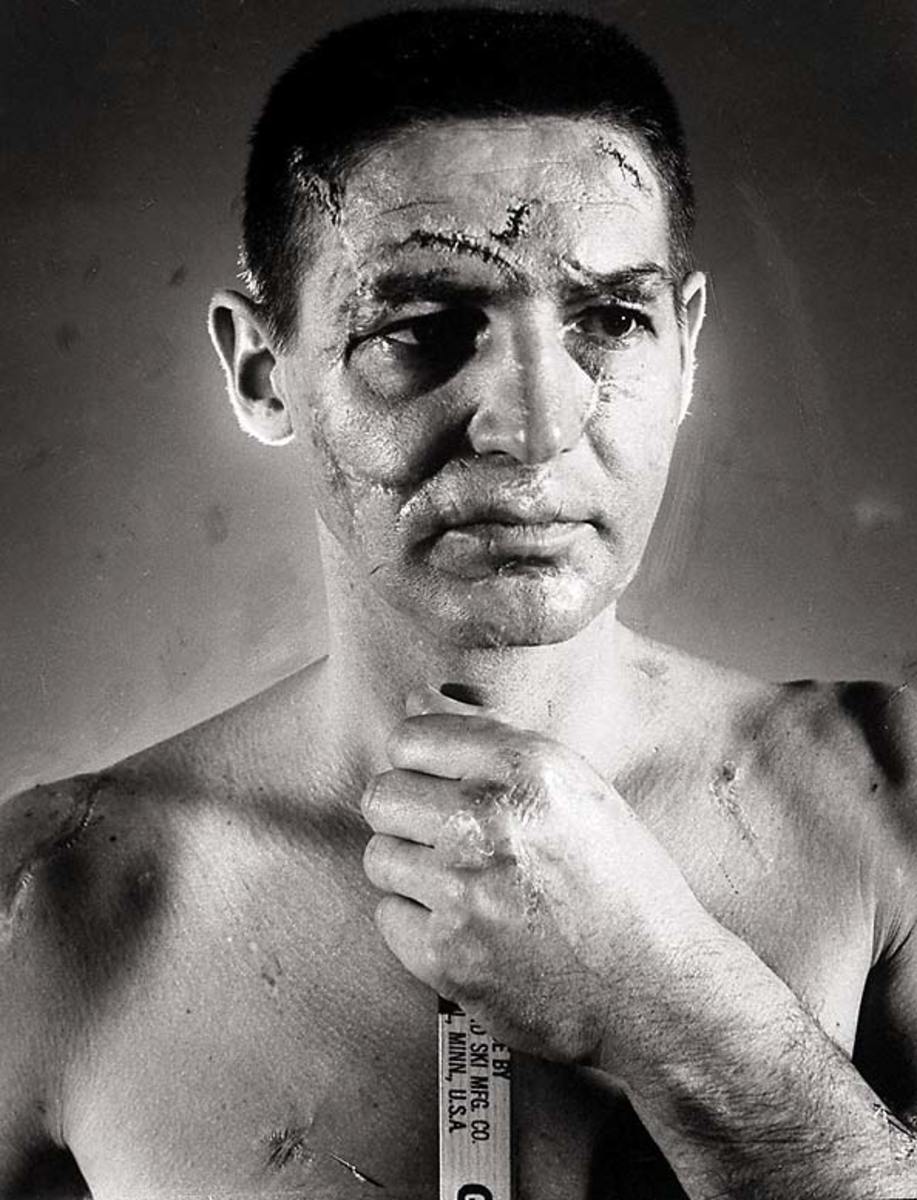
The Hall of Fame goalie, whose NHL career shutouts record (103) was broken by Martin Brodeur of the Devils in 2009, suffered from the cumulative effects of stress and injuries that left him frequently depressed and angry. His career and marriage fading, Sawchuk got into a fight with New York Rangers teammate Ron Stewart in 1970 and suffered serious internal injuries. He died of a blood clot not long after.
Jimmy Piersall
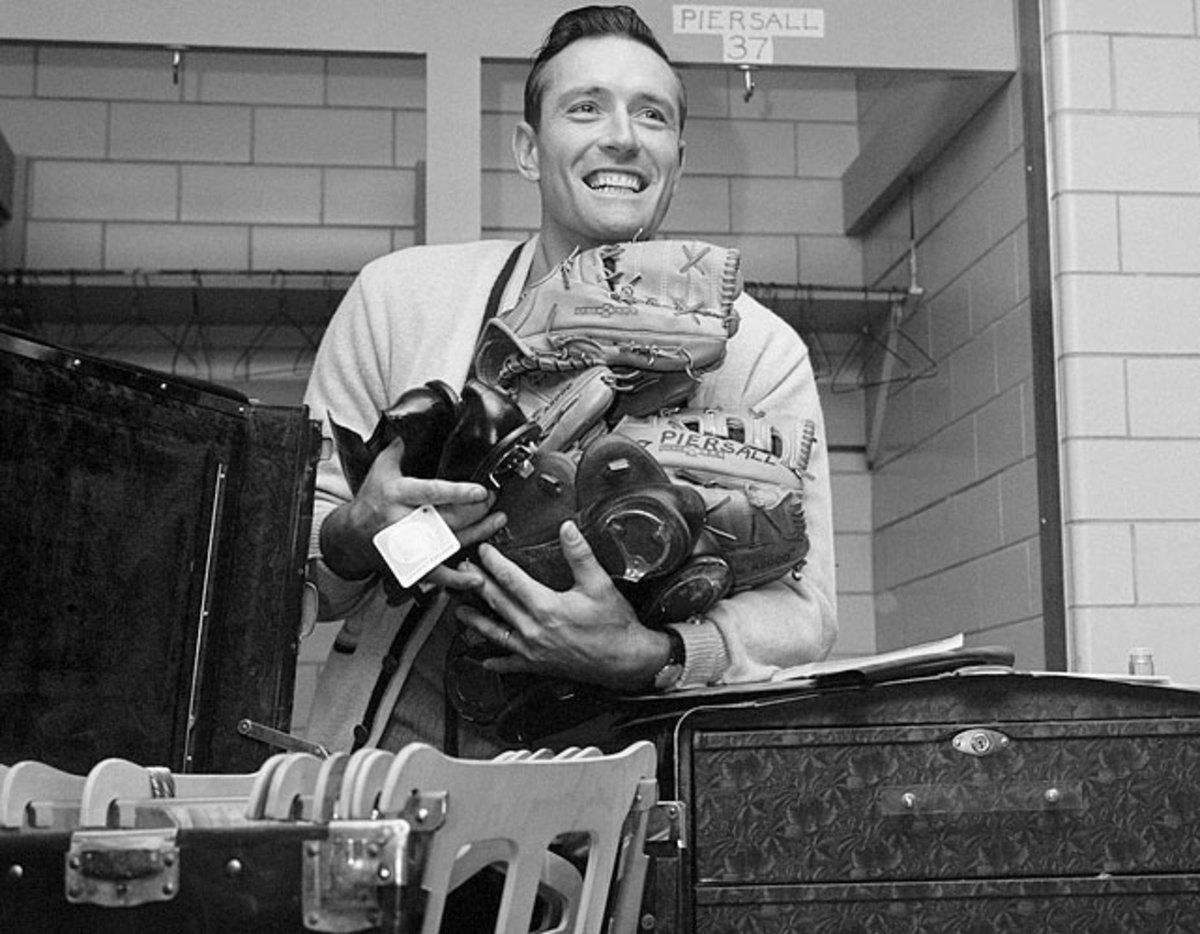
The outfielder’s eccentric behavior – he ran backwards around the bases after hitting a home run, shot an umpire in the face with a water pistol, and got into frequent fights -- and nervous breakdown were chronicled in his book Fear Strikes Out and the 1957 movie of the same name. Piersall was sent to a mental hospital during his rookie season with the Red Sox in 1952 and diagnosed with manic depression (his mother had also suffered from mental illness), but he was able to play 17 seasons in the majors, winning two Gold Gloves and two All-Star Game appearances.
